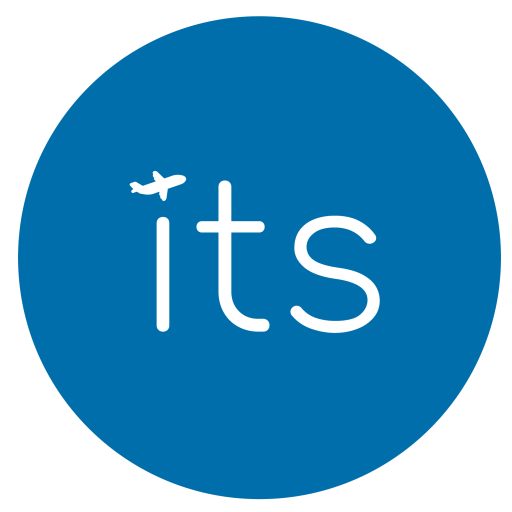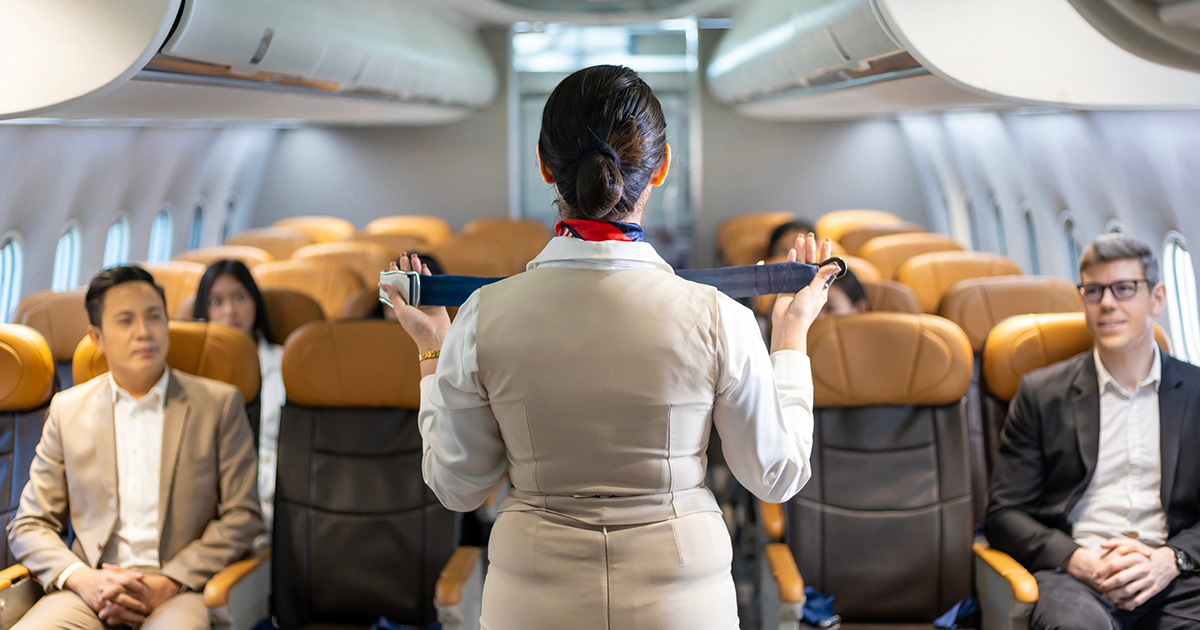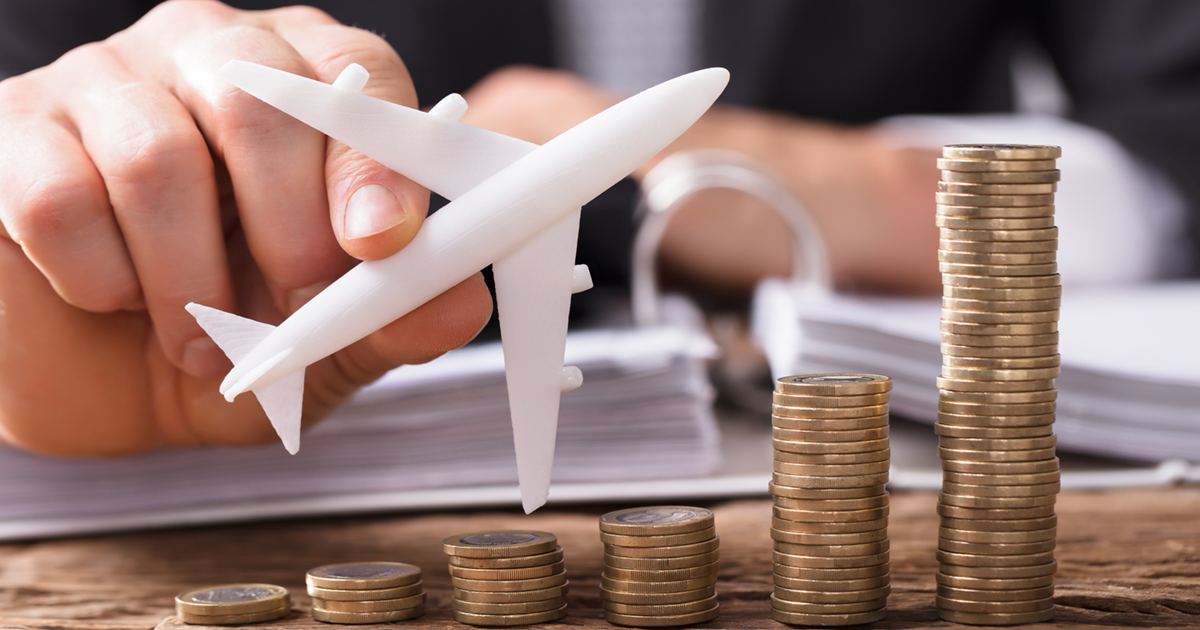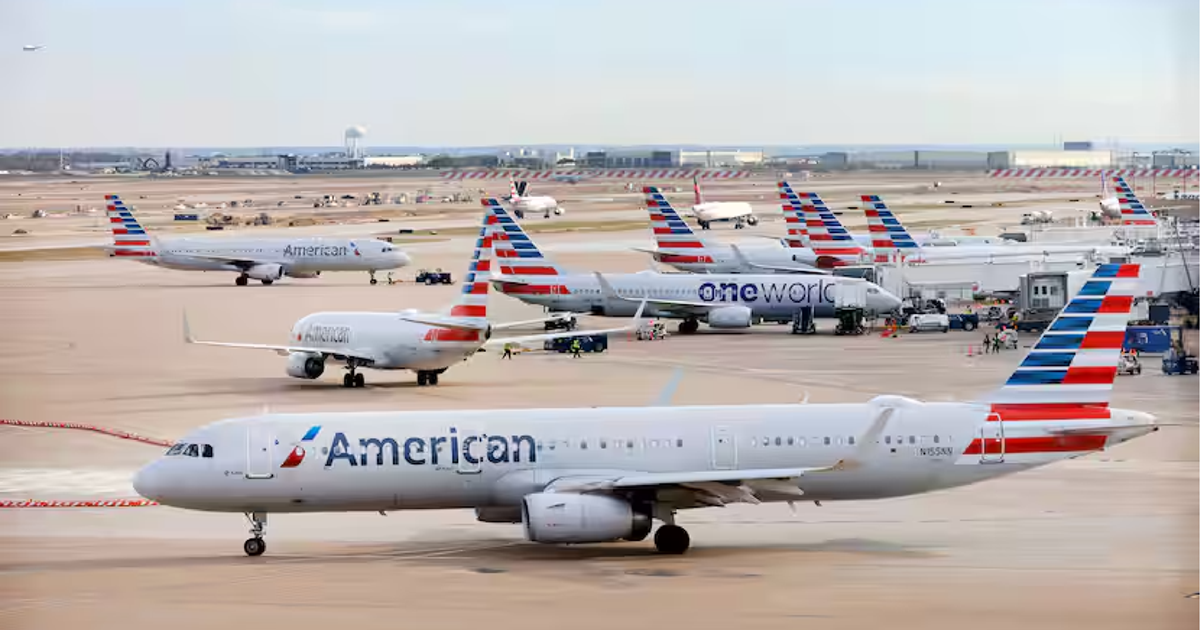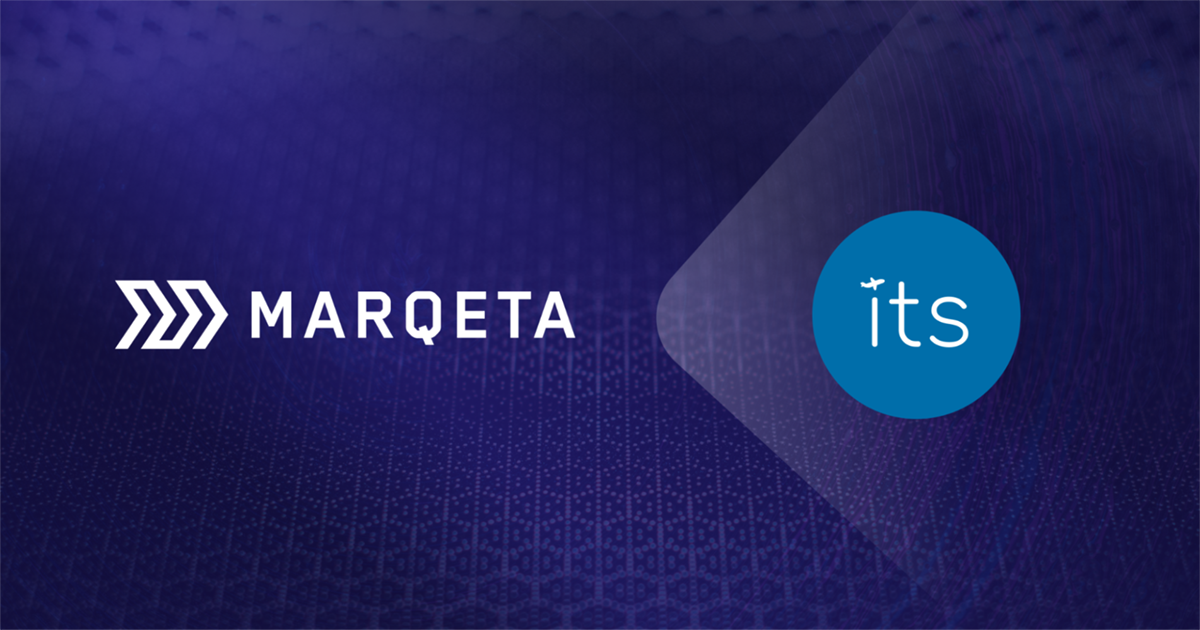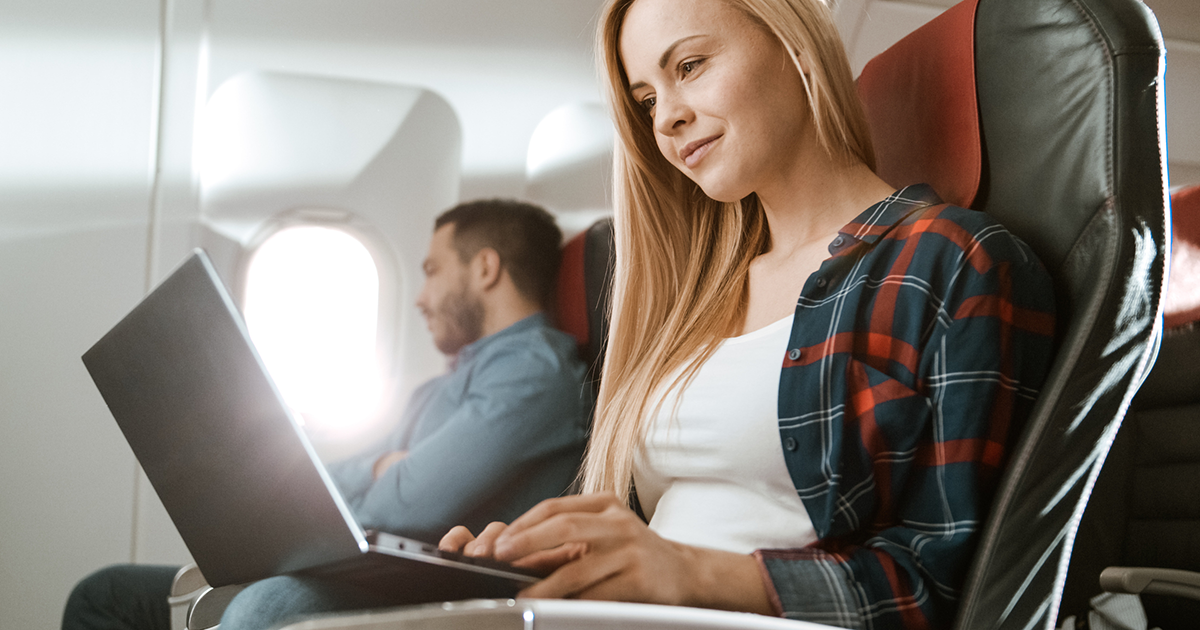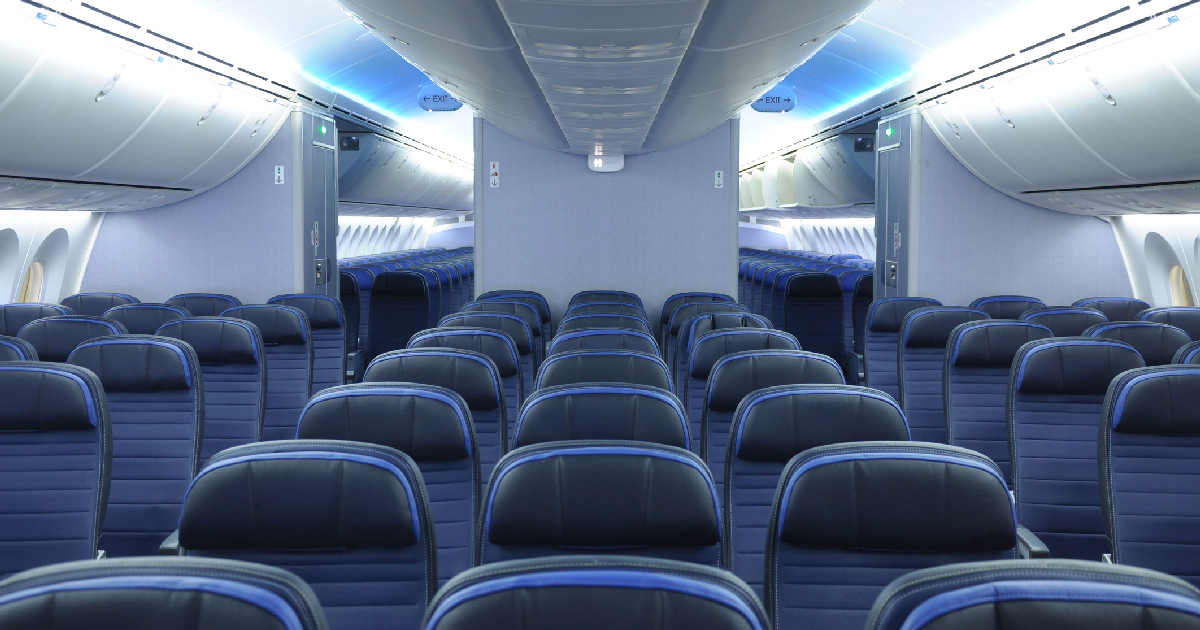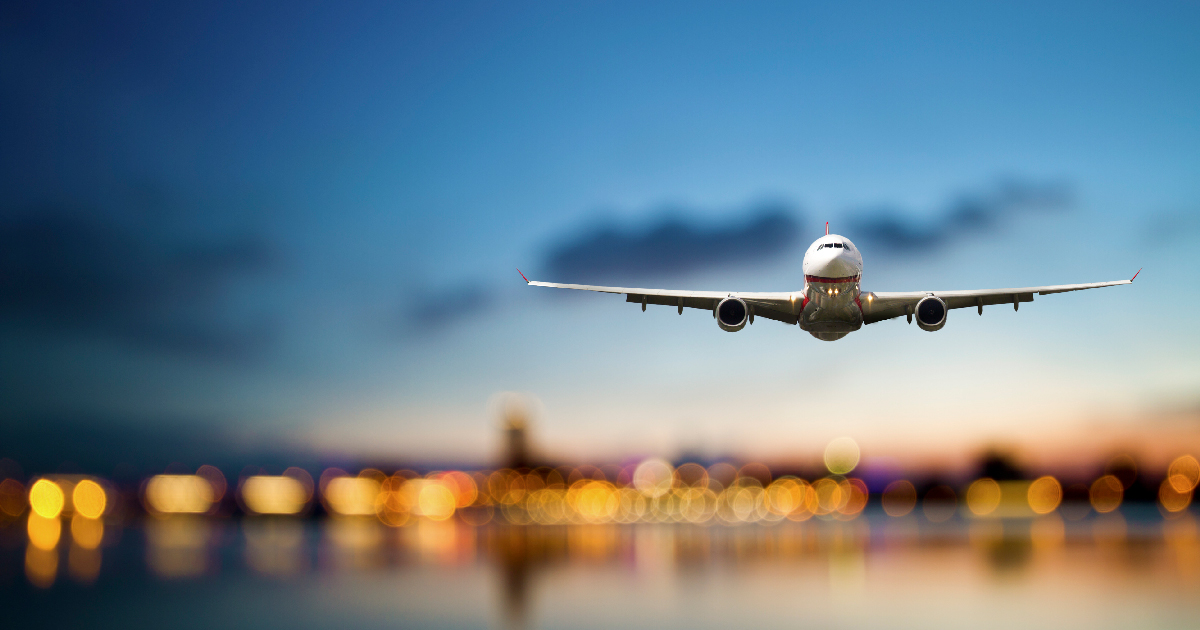We’ve written several articles about NDC at ITS and this is one more example of a small change that could indicate a much larger impact.
To start, American Airlines officially confirmed to ITS that this was an intentional move. What that implies is that the shift to emphasize NDC was not just a one-time push in early April this year – it is a strategic shift that will continue. Let’s examine this move just a bit more.
There are potential operational issues and complexities of managing ancillary sales programs such as paid seats or purchased seat upgrades. What this implies is that aging merchandising systems can no longer manage programs and managing ancillary programs out of two merchandising platforms is a challenge. Effectively, that is the pitch of NDC to extend and create new merchandising, although basic ancillaries are technically available on EDIFACT. Complexity or not, there are clear benefits to American Airlines to restrict some ancillary sales access to NDC and direct channels only. Let’s look at the benefits:
- Merchandising controls: Through Accelya, American Airlines NDC distribution merchandising partner, there is more control over how and to whom offers and ancillary benefits are extended. Controls are limited with EDIFACT or non-NDC fares and clearly American Airlines wants to take control of not only sales through the NDC offer and order platform but also their merchandising experiences.
- Direct upsells: We are all starting to experience this a little more than in the past – the pre-trip direct from the airline upsell offer. Merchandising controls and reach allow the airline to collect more revenue from existing customers, without adding to its fleet or selling “more” seats when load factors are already high and planes are full. Yes, traditional revenue management increases revenue per available seat mile but an effective upselling program squeezes more revenue directly for the airline.
- Push for NDC: While merchandising and revenue are key drivers, there are other forces at work. Notably, there is a push to gain control and shift indirect channels to NDC, so the airline can benefit from a unified, but private pricing model. Who is the target? That should start to become clear with moves like the paid seat shift. Travel Management Companies (TMCs) that focus on corporate travelers and companies, with deeper pockets than individual families of four or more traveling for vacation, have a long history of either blocking, allowing or using paid seat upgrades as an employee benefit. So, why is that important? Well…as American Airlines has stated in recent public statements, over 70-75% of all new ticket sales (now called ticket orders) have shifted to the NDC channel. This includes direct sales, consumer online travel agencies (OTAs), and some newer technology solutions that offer their own business travel booking engines, such as ITS via our TripEasy product. Larger, inflexible TMCs and corporations that use products that have not embraced NDC are stuck. As a result, they are unable to offer paid seats…connect the dots as you will but this was not an unintended consequence. Sabre, the largest US and North American global distribution system, was caught flat-footed with this announcement – their technologists had no idea what this paid seat change would mean or how it would even manifest itself technically, what would “error out” or possibly break, or what their travel agencies would experience. The interesting observation in this process was that American Airlines clearly did not really care. For now, their revenue will come out ahead so concern about legacy technology or its ability to keep up is simply no longer part of that airline’s consideration prior to making significant changes.
There are many airlines that distribute via Sabre using non-NDC which are able to mark seats as “unavailable for sale” via messaging and back-end systems. While this option is available, American Airlines is laser-focused on Accelya and leveraging merchandising capabilities and not on ensuring that all technology platforms “keep up.”
This small decision to limit paid seat purchasing or really restricting it to NDC is not, by itself, a significant decision but to many large corporations throughout the United States, this small change serves as a wake-up call. Make sure your TMC is informed, has options or technology, and is both present and actively working to assist you in your business travel needs. ITS connects to both Sabre NDC, as well as Accelya NDC, and is adding more options each month.
We are here to help. We have the capabilities and in-house technology to stay ahead of the curve and we will NOT be caught by “surprise” as we look ahead and watch out for our business travelers. Our culture is focused on helping our corporate travelers in their time of need, even if their need is as small as wanting to purchase a paid seat upgrade. If you are like us or similar to many of our clients, reading detailed fare rules and descriptions does not really explain everything you want to know. Information helps, but experience and interaction clarifies the situation.
